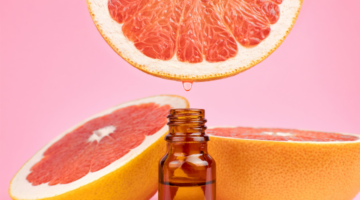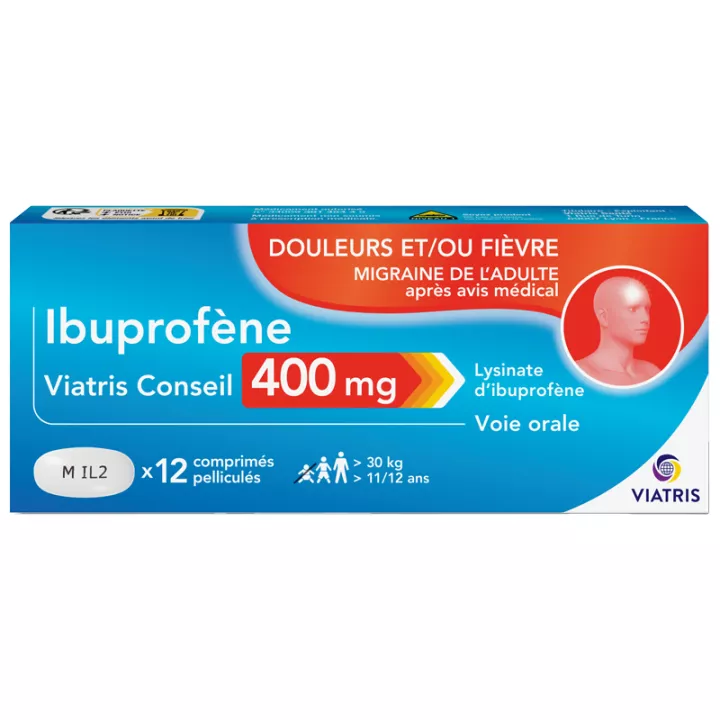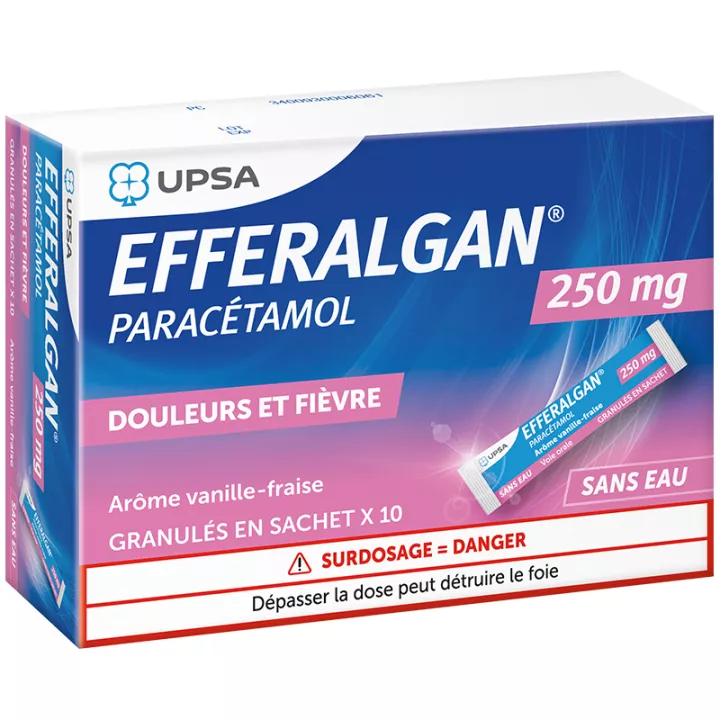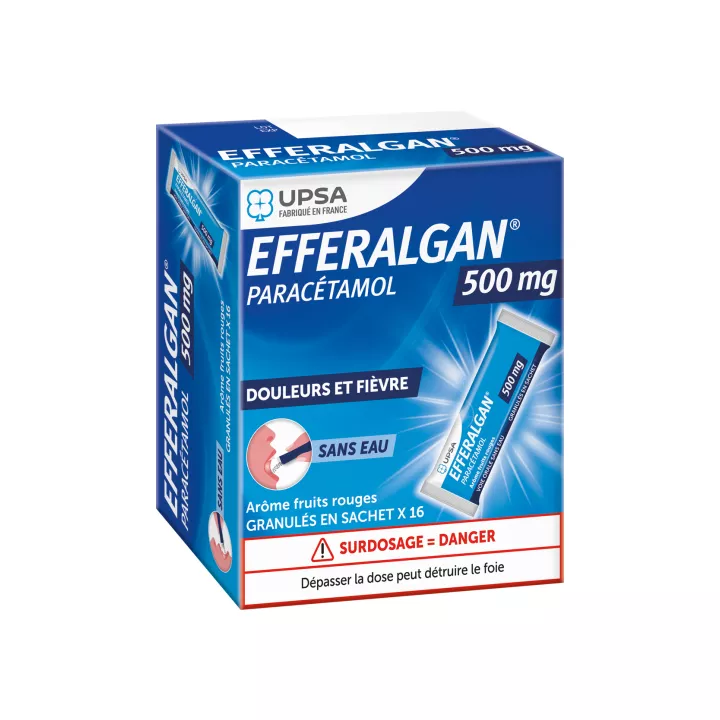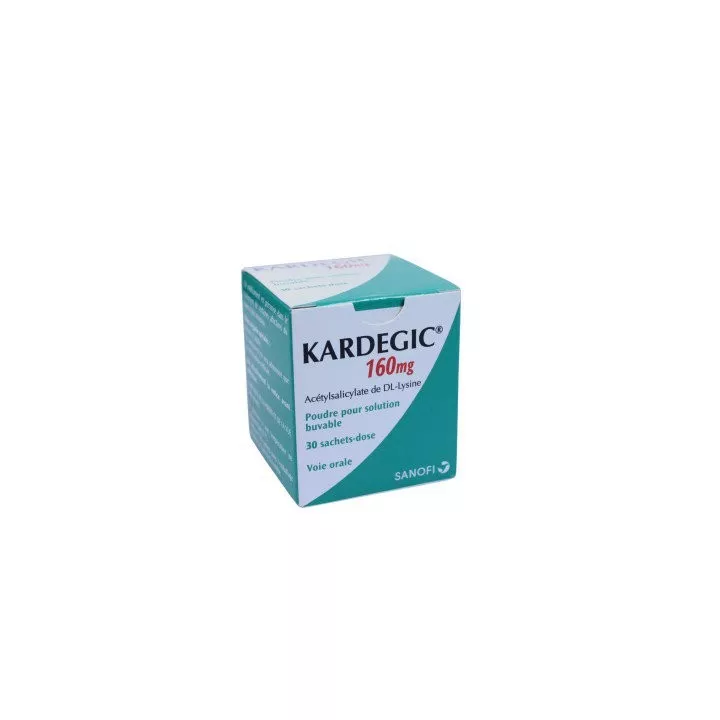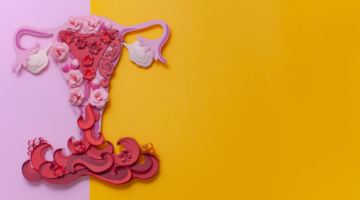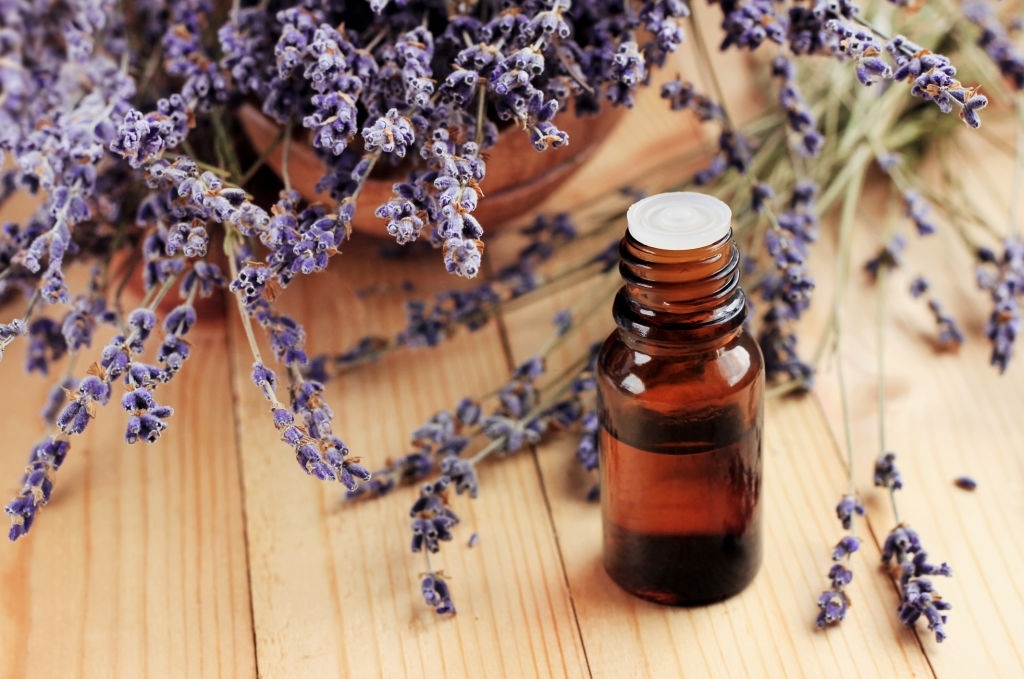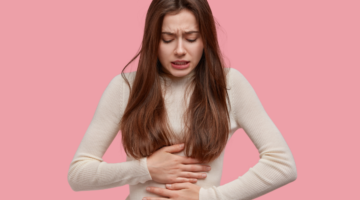NOTICE
ANSM - Last updated: 13/04/2004
Name of the medicinal product
ANTARENE 5%, gel
Ibuprofen
framed
Read all of this leaflet carefully before you start taking this medicine.
It contains important information about your treatment.
If you have any further questions, ask your doctor or pharmacist.
Keep this leaflet, you may need to read it again.
If symptoms worsen or persist, consult a physician.
Review summary
In this notice :
1. WHAT ANTARENE 5%, gel AND IN WHAT CASES IS IT USED?
2. BEFORE YOU USE ANTARENE 5%, freezing?
3. HOW TO USE ANTARENE 5%, gel?
4. WHAT ARE POSSIBLE SIDE EFFECTS?
5. HOW TO STORE ANTARENE 5%, freezing?
6. ADDITIONAL INFORMATION
1. WHAT ANTARENE 5%, gel AND IN WHAT CASES IS IT USED?
Pharmacotherapeutic group
This medication contains a nonsteroidal anti-inflammatory drug.
Therapeutic indications
It is indicated, in adults (over 15 years), in local treatment of short duration:
· benign trauma of benign sprain, bruising,
· tendonitis (inflammation of the tendons).
2. BEFORE YOU USE ANTARENE 5%, freezing?
List of information needed before taking the medication
Not applicable.
Cons-indications
Do not use ANTARENE 5% gel in the following cases:
· from the 6th month of pregnancy,
· previous history of allergy to this or any related drug, including other non-steroidal anti-inflammatory drugs, aspirin,
· antecedent of allergy to one of the excipients,
· injured skin, whatever the lesion: oozing lesions, eczema, infected lesion, burn or wound.
Precautions for use; special warnings
Take special care with ANTARENE 5%, gel:
· Do not apply to mucous membranes, eyes,
· The appearance of a rash after application of the gel requires immediate cessation of treatment.
· In case of frequent use by a healthcare professional gloves are recommended.
Observe the instructions for use:
· never apply a dose higher than recommended ( see Dosage ),
· do not apply over an extended surface of the body,
· respect the frequency and duration of treatment.
Interaction with other medicines
Taking or using other medicines
If you are taking or have recently taken any other medicines, including medicines obtained without a prescription, talk to your doctor or pharmacist.
Interactions with food and beverages
Not applicable.
Interactions with Herbal Medicines or Alternative Therapies
Not applicable.
Use during pregnancy and lactation
Pregnancy and breast feeding
Pregnancy
This medication will only be used during the FIRST 5 MONTHS of pregnancy on the advice of your doctor. From the 6th month of pregnancy, you should IN NO EVENT make YOURSELF the drug. Although the passage of this drug into the general circulation is low, it can not be excluded. In this case, the effect of this medication on your child could have serious consequences, especially cardiopulmonary and renal, even with a single application.
Ask your doctor or pharmacist for advice before taking any medicine.
feeding
As NSAIDs pass through breast milk, as a precaution, they should be avoided in breastfeeding women.
Ask your doctor or pharmacist for advice before taking any medicine.
Sport
Not applicable.
Effects on ability to drive or use machines
Not applicable.
List of excipients with known effect
Not applicable.
3. HOW TO USE ANTARENE 5%, gel?
Instructions for proper use
Not applicable.
Dosage, Mode and / or route (s) of administration, Frequency of administration and Duration of treatment
The usual dosage is 1 application, 3 times a day.
Local track.
Allow the gel to penetrate through a gentle, prolonged massage on the painful or inflammatory area.
Wash hands thoroughly after each use.
Treatment is limited to 5 days in the absence of a medical prescription.
Symptoms and Instructions for Overdose
If you used more ANTARENE 5%, gel than you should:
Rinse thoroughly with water.
Instructions for omission of one or more doses
If you forget to apply ANTARENE 5%, gel:
Do not take a double dose to make up for the single dose that you have forgotten to take.
Risk of withdrawal syndrome
Not applicable.
4. WHAT ARE POSSIBLE SIDE EFFECTS?
Description of adverse reactions
Like all medes:
Exceptionally, allergic reactions may occur:
· skin,
· respiratory asthma attack type,
· General.
In all these cases, you should stop treatment immediately and notify your doctor .
· May also occur:
o local skin effects such as redness, itching,
o other general effects of non-steroidal anti-inflammatory agents, depending on the amount of gel applied, the surface area treated and its condition, duration of treatment and whether or not a closed dressing is used.
In all these cases, notify your doctor .
If you notice any side effects not listed in this leaflet, or if certain side effects become serious, please tell your doctor or pharmacist.
5. HOW TO STORE ANTARENE 5%, freezing?
Keep out of the reach and sight of children.
Expiration date
Do not use ANTARENE 5%, after the expiry date stated on the carton.
Storage conditions
No special storage conditions.
If necessary, warnings against visible signs of deterioration
Medicines should not be disposed of via wastewater or household waste. Ask your pharmacist what to do with unused medications. These measures will help protect the environment.
6. ADDITIONAL INFORMATION
Full list of active substances and excipients
What does ANTARENE contain 5%, gel?
The active substance is:
Ibuprofen ................................................. .................................................. ...................................... 5.00 g
For 100 g.
The other components are: hydroxyethylcellulose, sodium hydroxide, benzyl alcohol, isopropyl alcohol, purified water.
Pharmaceutical form and content
What is ANTARENE 5%, gel and contents of the pack?
This medicinal product is in the form of a gel for dermal application in 50 g tube and 100 g
Name and address of the marketing authorization holder and the holder of the manufacturing authorization responsible for the release of the lots, if different
Holder
Laboratory of Therapeutic Achievements ELERTE
181 - 183, rue André Karman
BP 101
93303 Aubervilliers Cedex
exploiting
Laboratories ELERTE
181-183, rue André Karman - BP 101
93303 AUBERVILLIERS Cedex
Maker
Laboratories PHARMADEVELOPPEMENT
Chemin de Marcy
58800 CORBIGNY
Names of the medicinal product in the Member States of the European Economic Area
Not applicable.
Date of approval of the notice
The last date on which this leaflet was approved is {date}.
AMM under exceptional circumstances
Not applicable.
Internet Information
Detailed information on this medicine is available on the Afssaps website (France).
Information for health professionals only
Not applicable.
Other
Not applicable.
